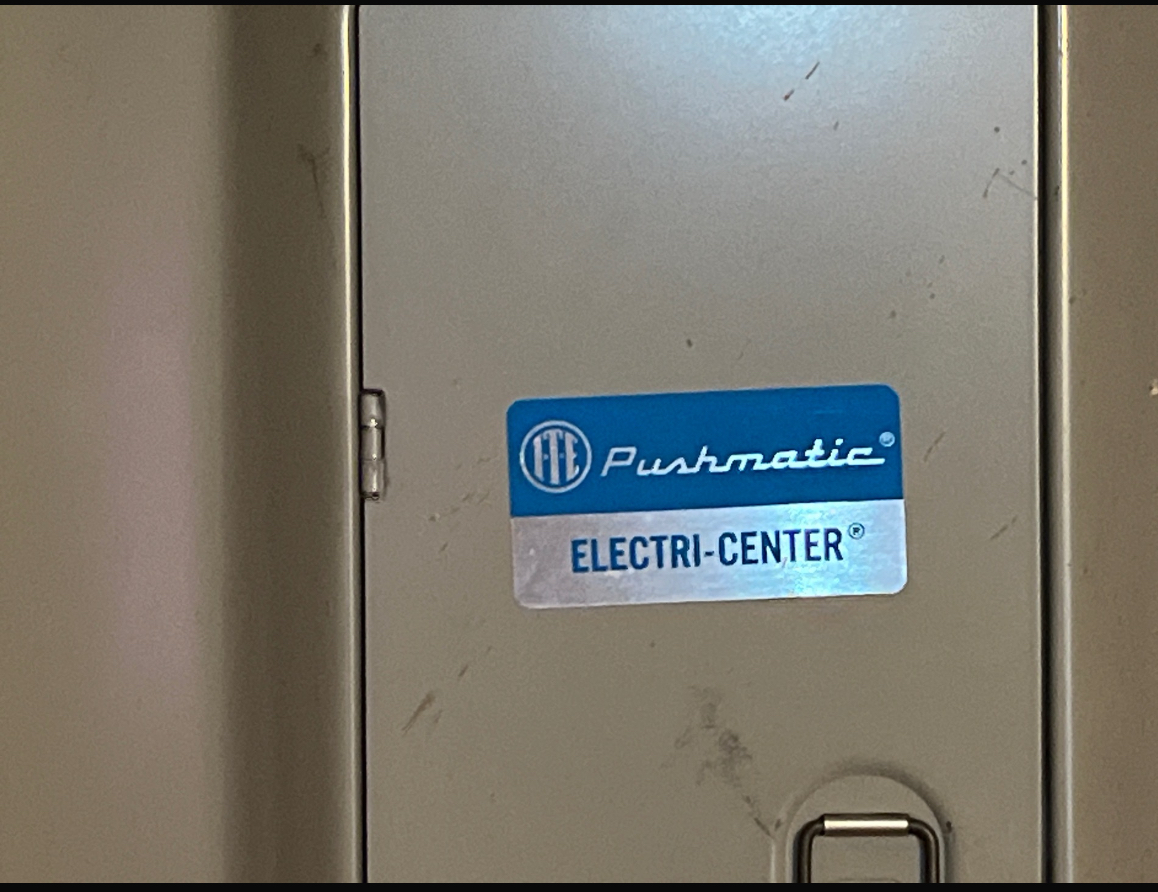In the realm of electrical systems, efficiency isn’t just a preference; it’s a necessity. While I-T-E Pushmatic Electrical Panels have been a staple in many installations, it’s crucial to acknowledge their inefficiencies that might be holding back your system’s performance. In this blog post by DVA Home Inspections we shed light on the inefficiencies of I-T-E Pushmatic panels, highlighting why it might be time to consider an upgrade for enhanced safety, reliability, and efficiency.
The Inefficiencies:
Obsolete Technology: Technology evolves rapidly, and what was cutting-edge years ago may now be outdated. I-T-E Pushmatic panels, while once innovative, now suffer from being technologically obsolete. Their reliance on a ‘push-to-reset’ mechanism, while unique, lacks the sophistication and efficiency of modern circuit breaker systems.
Limited Circuit Options: One of the primary inefficiencies of I-T-E Pushmatic electrical panel is their limited circuit options. As electrical demands evolve and expand, these panels may struggle to accommodate the increased load, leading to overloaded circuits, frequent tripping, and potential safety hazards.
Difficulty in Finding Replacement Parts: As I-T-E Pushmatic panels become increasingly rare, sourcing replacement parts can be a daunting task. This scarcity not only leads to longer downtimes during maintenance and repairs but also drives up costs due to the limited availability of compatible components.
Safety Concerns: While I-T-E Pushmatic panels were designed with safety in mind, their outdated technology poses inherent safety risks. The push-to-reset mechanism, while convenient in theory, may lead to delayed response times during electrical faults, increasing the likelihood of damage to appliances and potential fire hazards.
Lack of Compatibility: Incompatibility with modern electrical components and accessories further exacerbates the inefficiencies of I-T-E Pushmatic panels. As electrical systems advance, compatibility becomes a crucial factor in ensuring seamless integration and optimal performance.
The Case for an Upgrade:
Enhanced Safety: Safety should always be a top priority. Upgrading to modern electrical panels equipped with advanced safety features offers enhanced protection against electrical faults, reducing the risk of accidents and property damage. For safer alternatives, consider brands like Siemens or Eaton.
Improved Efficiency: Modern electrical panels boast advanced features such as intelligent circuitry, remote monitoring capabilities, and energy management systems, improving overall system efficiency and reducing energy consumption. Brands like Schneider Electric offer innovative solutions tailored to optimize energy usage.
Cost Savings: While the initial cost of upgrading may seem daunting, the long-term cost savings associated with improved efficiency, reduced downtime, and lower maintenance expenses outweigh the investment. Consider it an investment in the future reliability and efficiency of your electrical panel.
Conclusion:
In the ever-evolving landscape of electrical systems, staying ahead of the curve is essential. While I-T-E Pushmatic Electrical Panels have served their purpose in the past, their inefficiencies are now holding back system performance and safety. By recognizing these inefficiencies and considering an upgrade to modern electrical panels, you can future-proof your installations, enhance safety, and improve overall efficiency. Don’t let outdated technology compromise your electrical system’s performance—make the switch today for a brighter, safer future.
Upgrade to safer, more efficient electrical panels with Eaton
Discover innovative energy management solutions by Schneider Electric.

